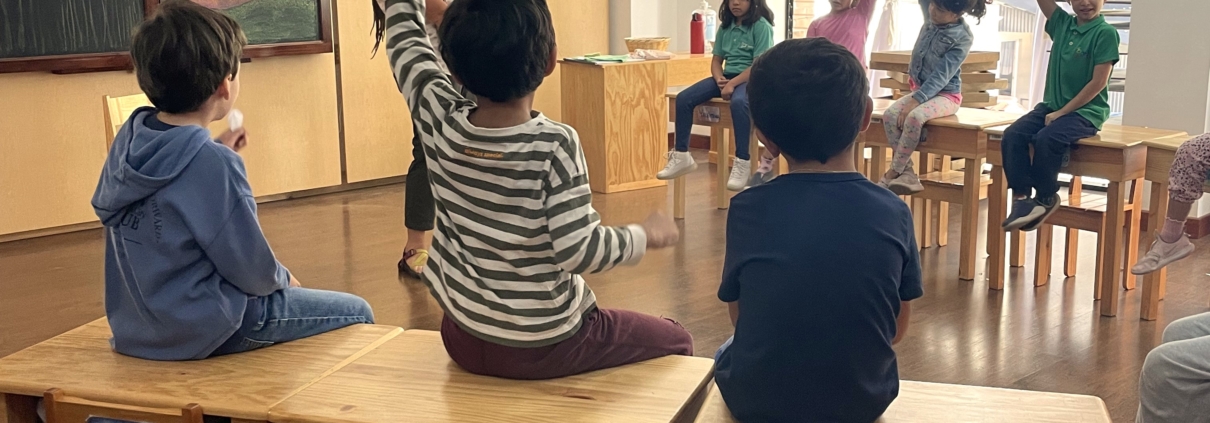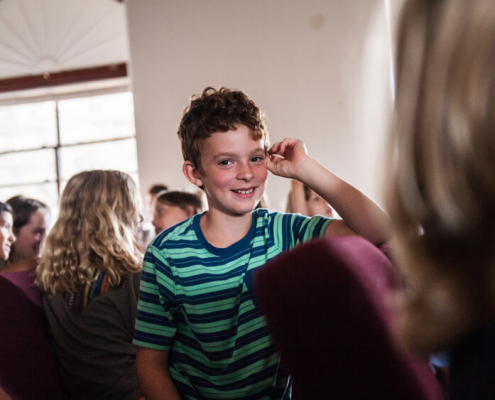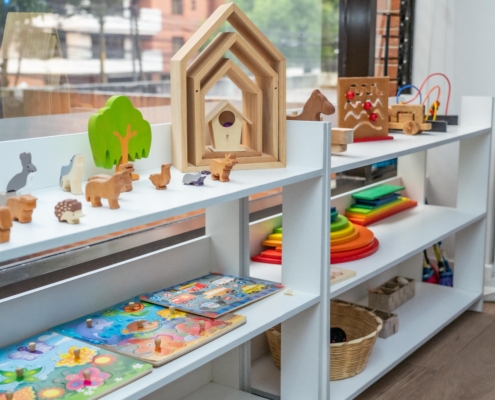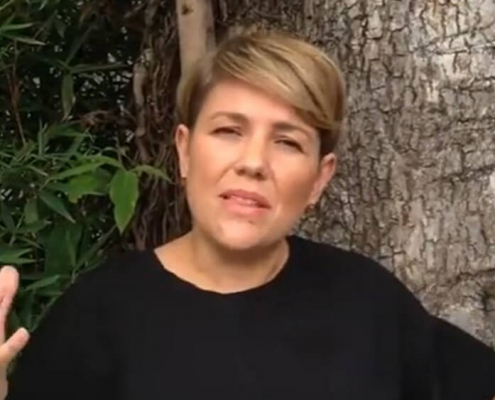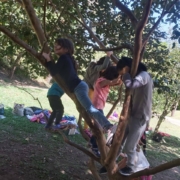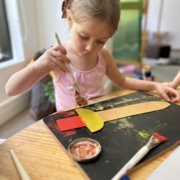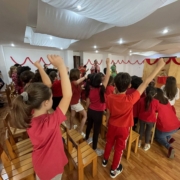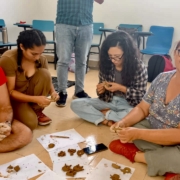Learning to Write Using the Waldorf Approach
Waldorf schools encompass the whole human experience in literacy when teaching reading and writing to students in Class One. Social, emotional, and communication skills are developed in Waldorf Kindergartens, as well as healthy habits for a child’s physical well-being. Academics are left entirely for Class One. It is in Class One that Rudolf Steiner, founder of Waldorf Education, indicates students are developmentally ready and able to turn their attention to academics and learning to read and write.
According to Rudolf Steiner, children’s eyes, before the age of 6 or 7, are not sufficiently developed to focus on printed text in a healthy way. Healthline.com confirms that our eyes are constantly growing and are not fully developed until age 19 or 20(1). First Grade therefore becomes the best time to start training our eyes in a healthy way to track text and assign meaning to that text.
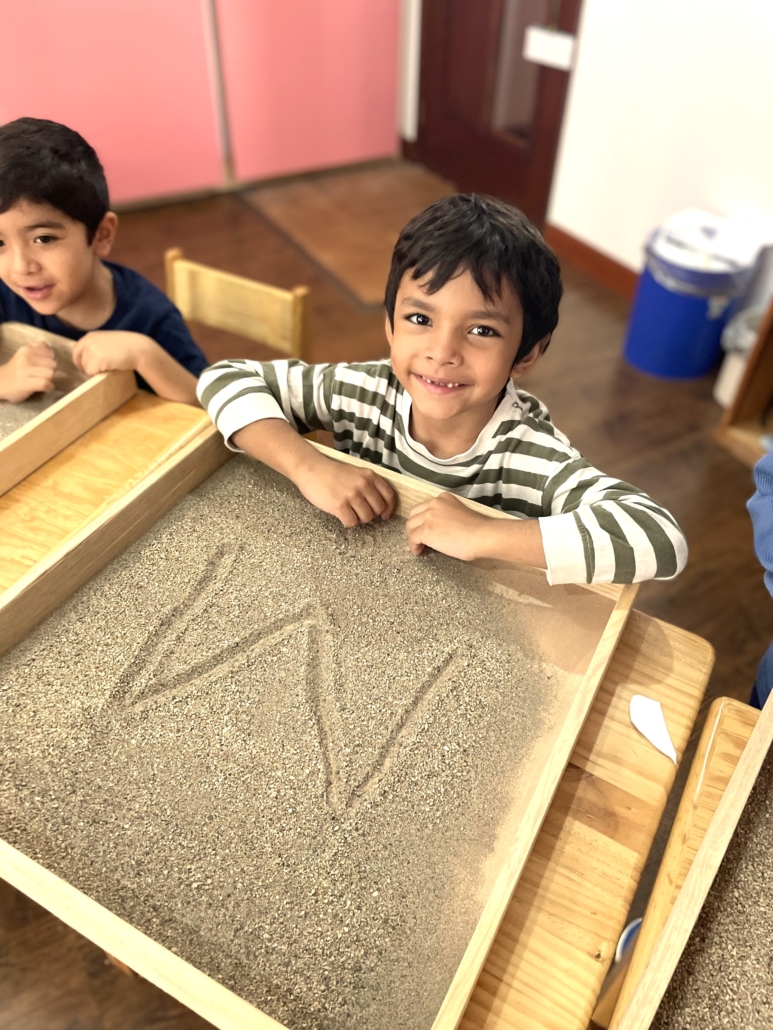
In Waldorf schools, children in Class One are introduced to text in a pictorial way. A story is told with strong imagery, from which a capital letter can be developed. Therefore, children have an emotional experience with an image from the story. Their emotional attachment is transferred to their recreating that picture with the guidance of a teacher. These first pictures are akin to symbolic drawings from early human cultures which can now be found in caves or other rock surfaces of ancient places. The pictures are a symbol with special meaning.
Over a few days or a week, the teacher guides students to find the Roman capital letter contained in the image and the letter itself is practiced. Rather than doing this by having children make a large number of repetitions of the letter on lined paper, children are guided in the form of the letter and method of drawing. A single letter takes up a whole page in children’s main lesson books, which is a sort of textbook students create themselves over the years and which documents their progress.
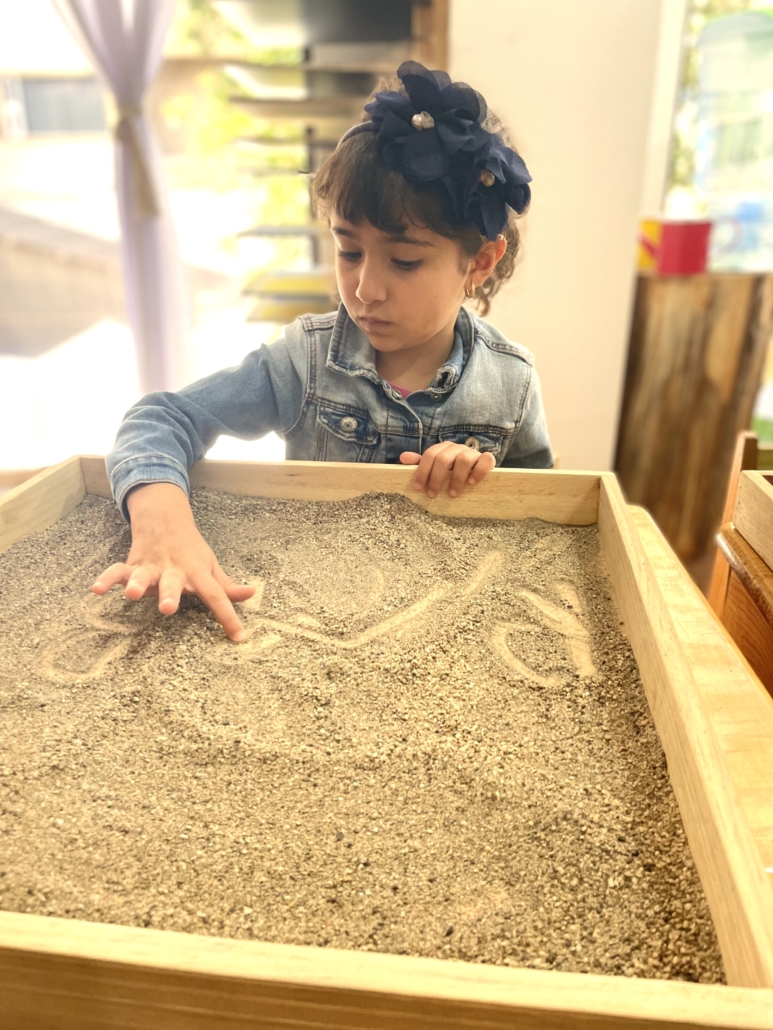
Through modeling, demonstration, practicing the letter in the air, on the floor, in small sandboxes, and then finally on a sheet of paper, children can move the letter from the image they held in their minds, to a whole-body, gross motor skills, motion, and then finally to a fine-motor skills activity putting it on paper. Though it may seem slow to outsiders to take up to a week to introduce the first consonant to children in this way, it is building skills that will transfer and improve student handwriting and future literacy.
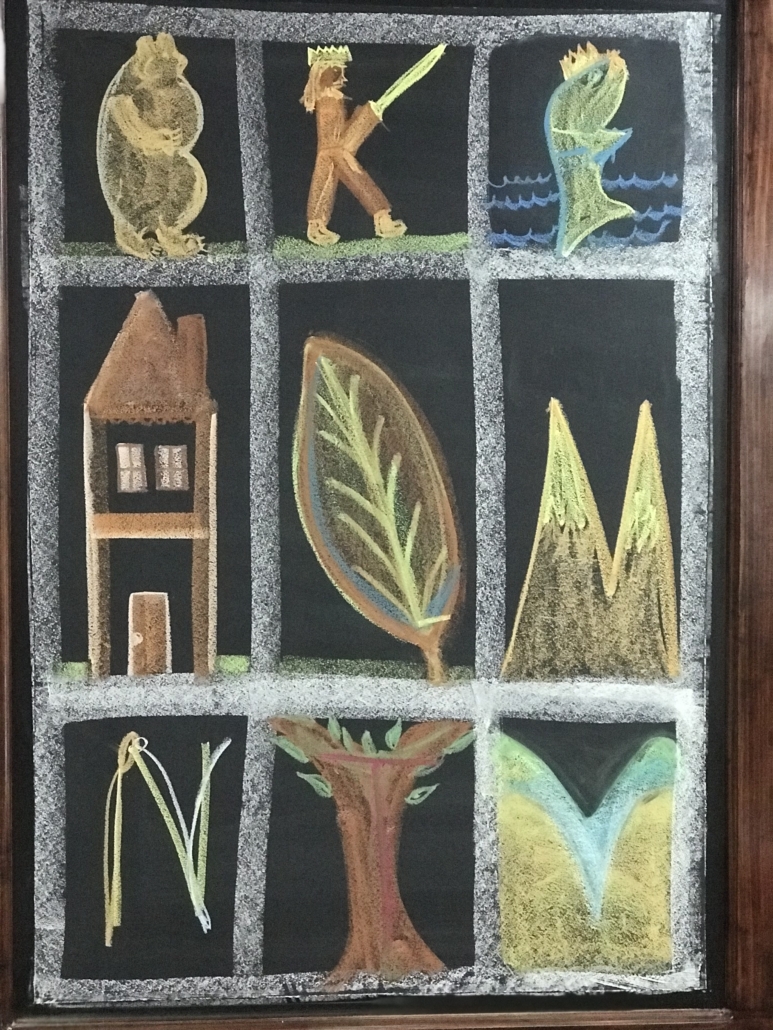
Having taught in both Waldorf schools and public schools in the United States I can affirm that students who have letters introduced slowly, artistically, and as a whole body experience, have greater mastery of spelling, reading, and penmanship than students who are not given guidance and time to build this strong foundation. Experiencing the history of imagery and symbolism in text and engendering meaning into these symbols at the appropriate time for children’s development is a crucial foundation presented in Waldorf schools worldwide.
(1) https://www.healthline.com/health/do-your-eyes-grow#change-in-eye-appearance

